Delicious, unique and strange - those are the comments of many tourists when enjoying dishes made from cassava leaves at the Dak Ha Clean Agricultural Products Market. With the rustic and simple features in the culinary culture of the Xo Dang people, dishes made from cassava leaves can be "addictive" to anyone, even if it is just the first time enjoying them.
During a recent business trip to Dak Ui commune (Dak Ha district), I and other union members and youths prepared ingredients and spices to prepare dishes made from cassava leaves to display at the Dak Ha district Clean Agricultural Products Market.
Carrying empty baskets on her shoulders, Ms. Y Ngan - Secretary of the Dak Ui Commune Youth Union led the group towards the production area deep in the village. After walking for about 20 minutes, the cassava fields appeared before our eyes.
Patting the basket strap on her shoulder, Ms. Y Ngan excitedly said: Everyone, let's split up and pick cassava leaves! This morning, each person must pick a full basket of cassava leaves to meet the quota. Because there is still a lot of work left, the sisters should focus on picking quickly to be able to return in time for preliminary processing. Everyone, please note that you should pick young cassava leaves, near the top. Only then will the dish be more delicious and have a special flavor.
|
Under the sisters’ nimble and agile hands, the baskets were gradually filled with green cassava leaves. After finishing the leaf picking process and resting, everyone hurriedly prepared to return to the communal house of village 8.
While pressing the cassava leaves in the basket to avoid them falling on the way home, Ms. Y Ngan chatted: Cayenne leaves are one of the traditional dishes, long associated with the Xo Dang people. However, not all cassava leaves can be eaten. There are types of cassava leaves that even buffalo, cows, and livestock eat and become drunk for hours, not to mention humans. As for this type of cassava, it is cassava, often grown in this area. The cassava plant is not as tall as many other types of cassava, and has purple leaf stalks. Cayenne leaves are delicious when cooked and eaten and never get drunk.
While the women were picking and bringing the cassava leaves to the communal house of village 8, another group of women were waiting there to start the preliminary processing. Items such as fermentation pots, winnowing trays, and jars were neatly placed in a corner of the communal house.
|
Smiling brightly at me instead of greeting, Ms. Y Ut - Secretary of the Youth Union of Village 8, Dak Ui Commune told me about the situation she encountered during the last Clean Agricultural Products Market: While I was busy preparing for the cassava leaf food stall, a female customer (who seemed to be from another province) asked, "What dish is this? It looks so rustic and eye-catching!". "It's cassava leaves, sister! It's exactly sour cassava leaves, a specialty of our Xo Dang ethnic group!" - I replied.
“Can cassava leaves be eaten? This is the first time I know! I thought cassava was only grown for its roots?” the customer asked jokingly.
So I invited the customer to try it. Then she praised it as delicious. Before leaving the booth, she did not forget to buy a few jars for me and as gifts for her relatives.
“That’s why, although cassava leaves are a very familiar dish to people here, for many people in other regions, this dish is still very strange. In the past, dishes made from cassava leaves were mainly used to “save hunger”, instead of rice. However, later on, dishes made from cassava leaves became a specialty, a characteristic in the culinary culture of the Xo Dang people and many other ethnic minorities in the Central Highlands. That’s something to be proud of!” – Ms. Y Ut proudly said.
|
According to research, the most popular dish made from cassava leaves is sour cassava leaves. After being picked, the cassava leaves are washed, sprinkled with salt and rolled until they are firm and tight. Next, the cassava leaves are put into a jar to ferment. People believe that depending on the person making it, the cassava leaves will sour quickly or slowly. For those with a good hand, the jar can reach sourness in about 2 days, while for those who take longer, it takes 3-4 days.
One thing to note during the processing is the kneading of the cassava leaves. The worker must knead them completely with bare hands, so they must use a traditional winnowing basket to knead and rub away the sap and resin of the leaves.
In addition to fermenting, the Xo Dang people can also process cassava leaves in many different ways. The quickest and simplest way is to lightly crumple the cassava leaves, boil them, and scoop them out to dip in fish sauce. More complicated is to boil the cassava leaves or ferment them with other foods such as bird meat, rats, and stream fish. Regardless of the processing method, the cassava leaves have a rich, aromatic flavor, leaving a rich aftertaste on the tip of the tongue.
According to Ms. Y Ngan, through understanding the needs and tastes of consumers, the commune Youth Union has coordinated with the Dak Ui Commune Women's Union to mobilize union members to participate in the clean agricultural products cooperative. The members are divided into stages of searching for raw materials from the forest, processing them into products, displaying and introducing local specialties. Through the consumption of cassava leaves from clean agricultural markets, the clean agricultural products cooperative contributes to increasing the income of its members.
|
Ms. Y Ut confided: “When I was little, my mother cooked dishes from cassava leaves for me. When I grew up a little, I was able to help my mother prepare them. When I got married, I made them myself and continued to teach my children and grandchildren how to prepare them. That way, that lifestyle and that dish have always been continued and inherited.”
Thanks to the living habits and activities maintained and developed in the local clean agricultural cooperatives, the young generation in the villages and hamlets all understand how to prepare dishes from cassava leaves. Whether rich or poor, whether in the past or present, cassava leaves are always present in the meals of the Xo Dang people. Therefore, cassava leaf dishes are of course one of the traditional culinary dishes of the Xo Dang people.
Returning from the trip from Dak Ui commune, I was always impressed by the diversity of dishes made from cassava leaves of the Xo Dang people. Not fussy or fancy, the dishes made from cassava leaves are simple, but delicious and unforgettable. Along with that, it is impossible to forget the hospitality, kindness and sincerity of the Xo Dang people in this land.
ALL THANH


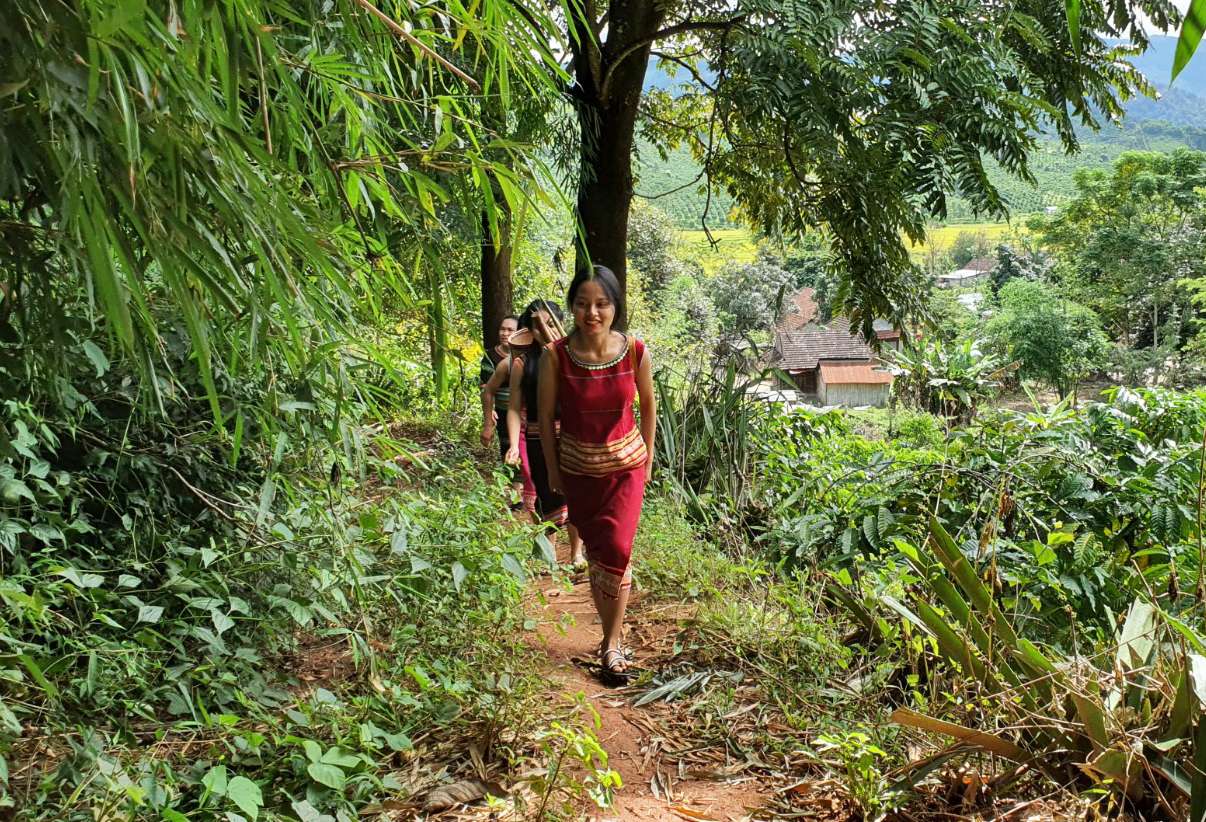
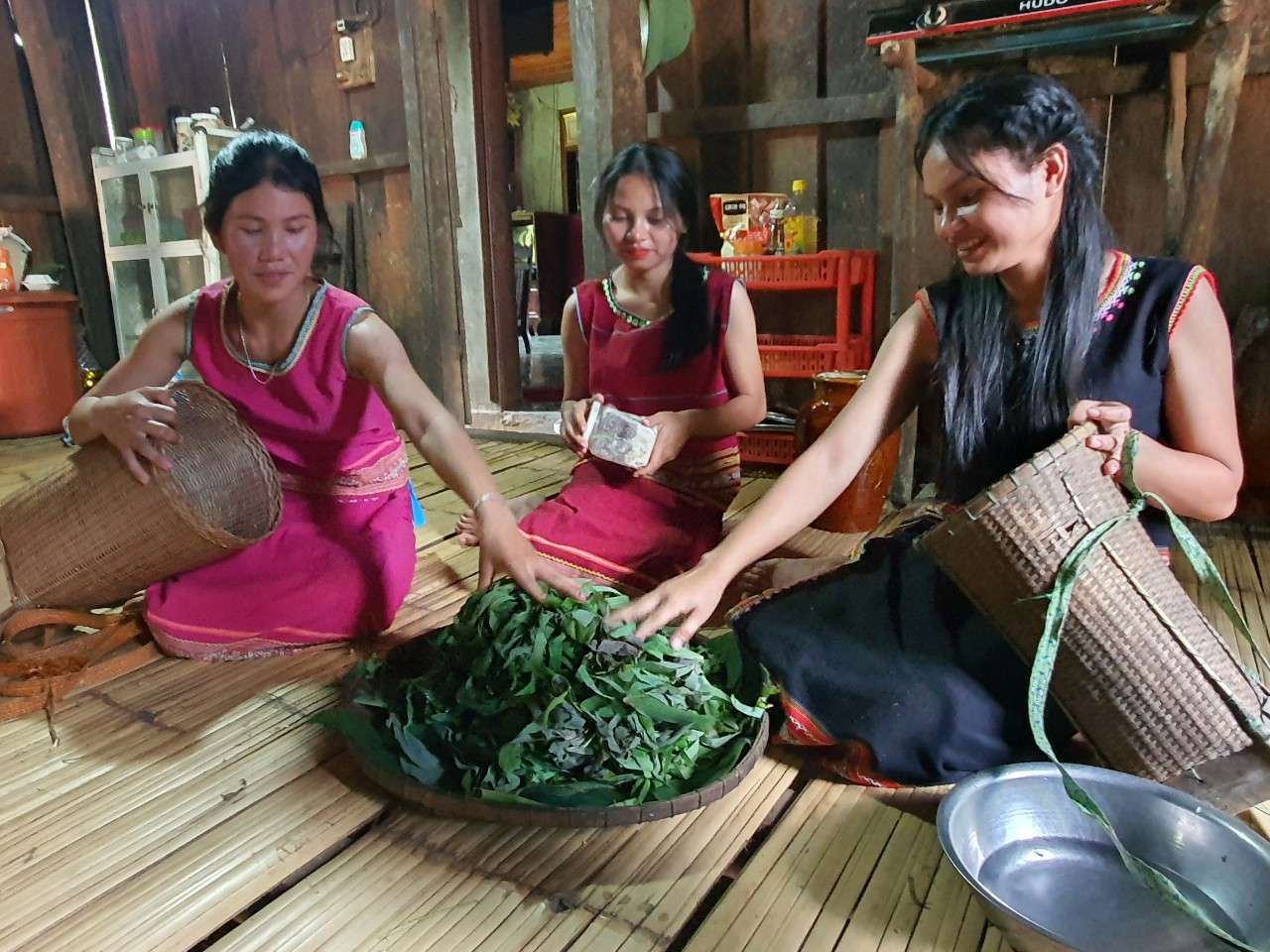
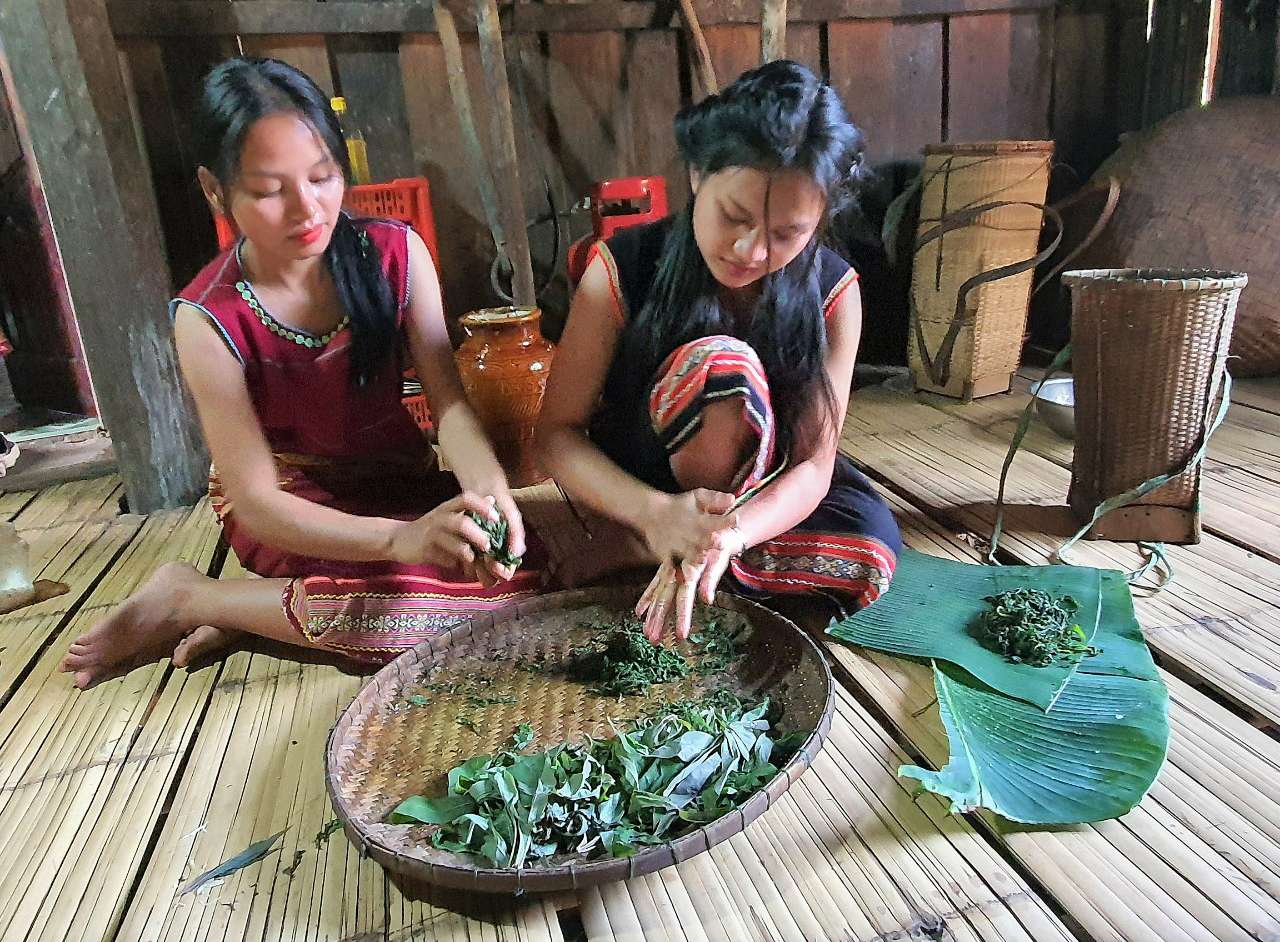
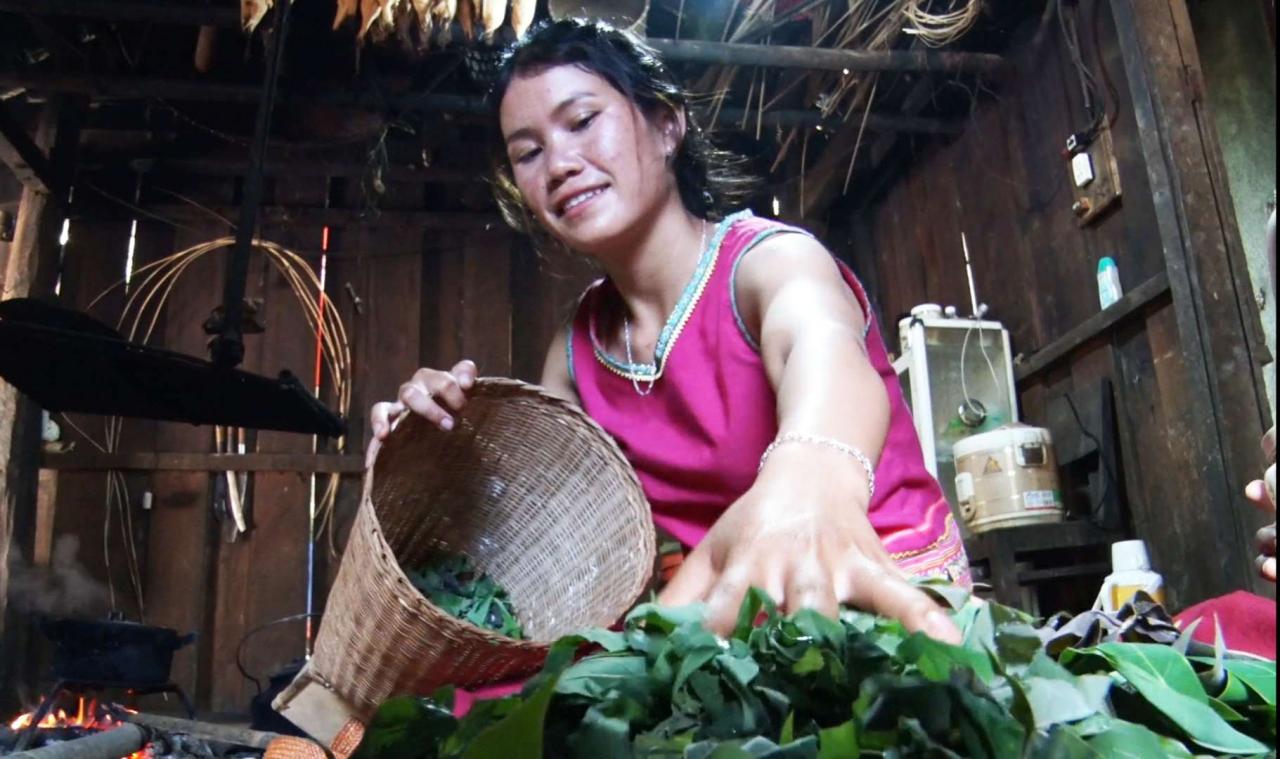


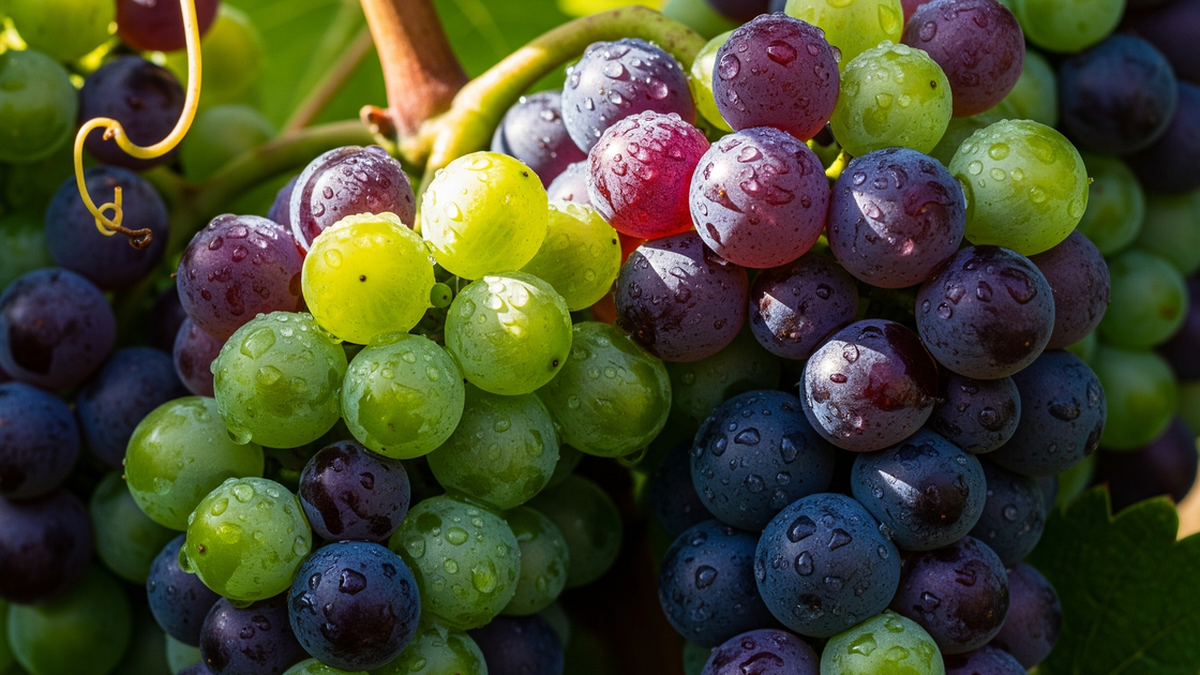

























































































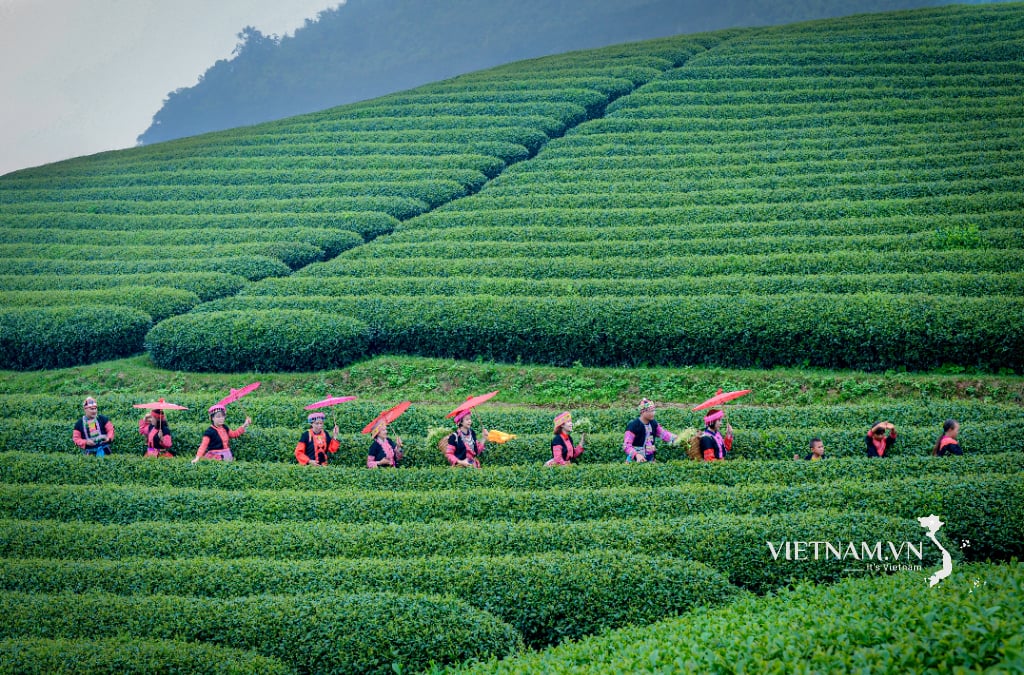
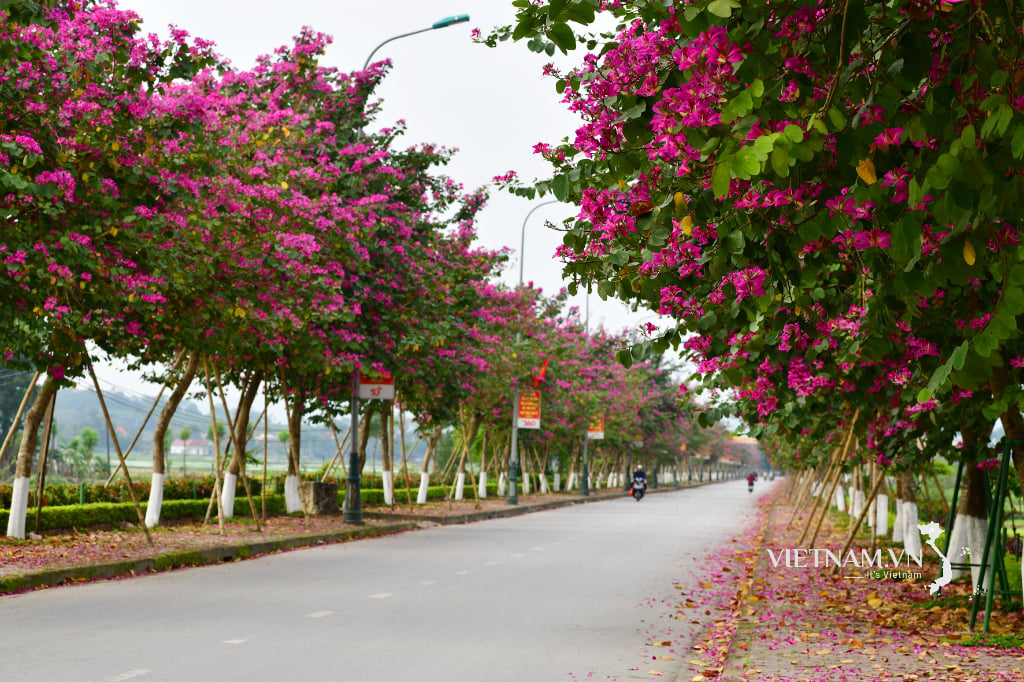
Comment (0)